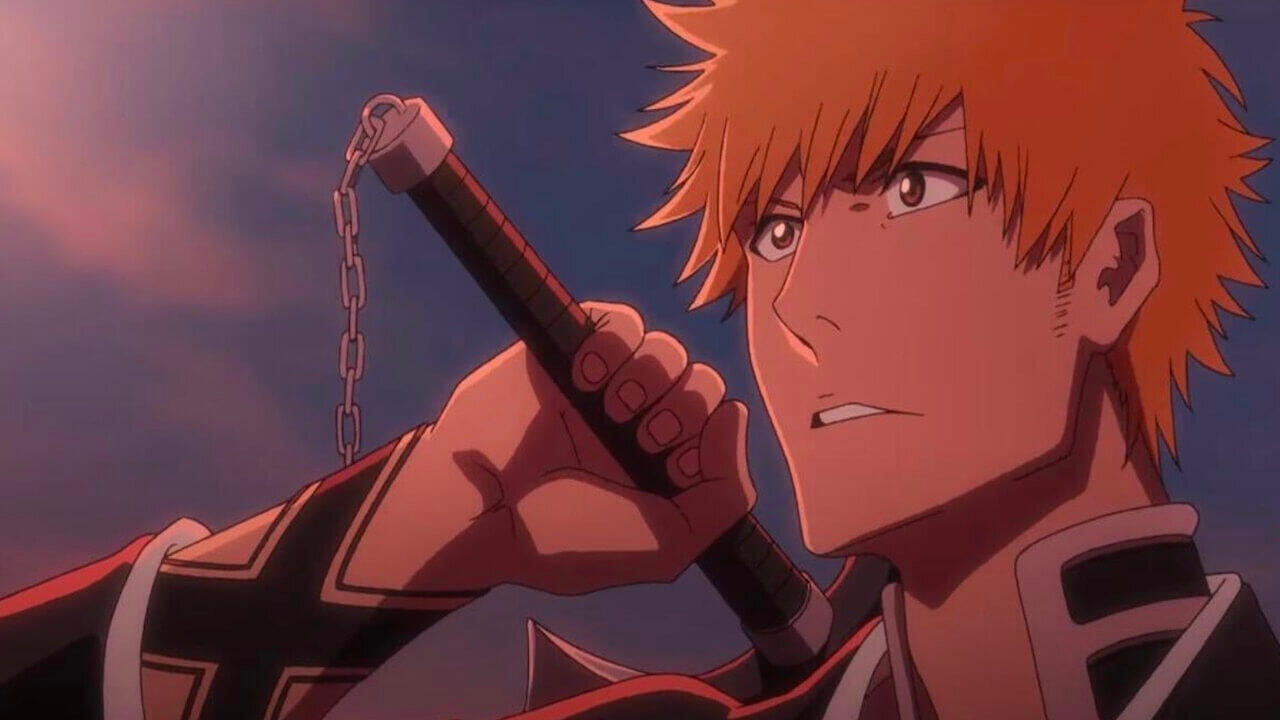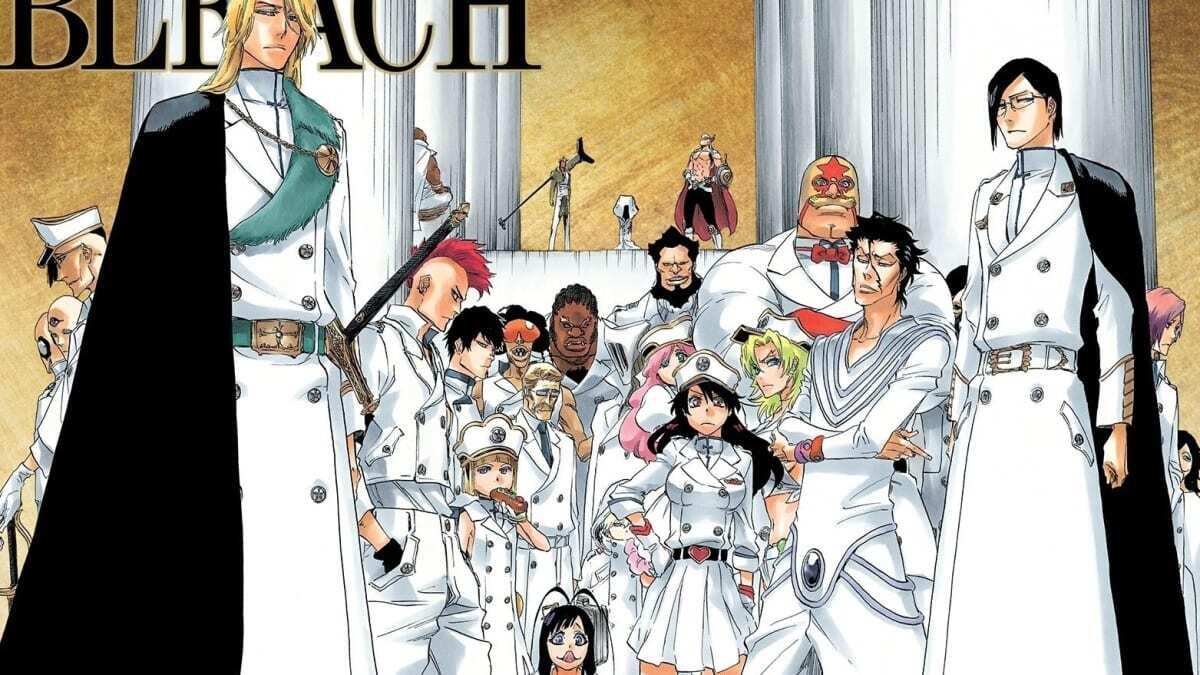Everything You Need To Know Before You Start Bleach: Thousand-Year Blood War
GameSpot may receive revenue from affiliate and advertising partnerships for sharing this content and from purchases through links.
Bleach’s final arc is finally getting animated, but after a 10 year hiatus, you might want to brush up on your Bleach tr
It’s a great time to be an anime fan. Not only do we have a new One Piece movie on the horizon and the brand new (incredibly stylish) Chainsaw Man anime starting up, long-standing Shonen Jump favorite Bleach is returning to animation to finally finish out its final arc with Bleach: Thousand-Year Blood War.
It’s been a full ten years since the Bleach anime has been on the air, and while the show lasted a whopping 300+ episodes, it never actually completed the story as told in Kubo Tite’s original manga series. Instead, the anime invented new story arcs called “filler” to mitigate the fact that the anime and the manga were often out of sync in their publication. The anime culminated in a filler arc, The Lost Agent, which brought it to its conclusion in 2012.
Now, however, as Bleach turns 20-years-old, the anime is being revived and the finale brought to life for the first time. Thousand-Year Blood War’s first episode has already premiered and will continue to air simultaneously in Japan and abroad on Hulu and Disney+ so fans across the globe can keep up with the action as it happens.
But there’s one issue. Not only has Bleach been off the air for ten years, Thousand-Year Blood War offers little to nothing in terms of a recap to bring fans up to speed. If you’re a hardcore Bleach fan, this certainly isn’t an issue, but if you’re a newcomer to the series looking for a jumping-on point, this was probably a little bit jarring. And, trust us, we get not wanting to have to go back and watch several hundred episodes of TV to get caught up–though we definitely would recommend hopping over to the manga if you’re looking for something to read, especially since Thousand-Year Blood War is, so far, basically torn right from the page.
But that’s not always feasible and if you want in on the hype right now with no homework, we’ve got you covered. Here’s everything you need to know about Bleach to jump right into Thousand-Year Blood War with its first episode.
1. Ghosts are real (kind of) and all over the place
The concept of Bleach is pretty simple. The human world is watched over by a heaven-like alternate reality called Soul Society, populated by supernatural beings called Soul Reapers or Shinigami. These Soul Reapers are typically invisible to the naked eye unless you happen to be a human who is particularly sensitive to spiritual energy. They run around killing monsters called Hollows, or corrupted human souls that were not able to make the trip to Soul Society.
The protagonist of Bleach, Ichigo Kurosaki, was a human boy who was able to see ghosts, Hollows, and Soul Reapers. He was given the powers of a “substitute” Soul Reaper when the Soul Reaper in charge of his neighborhood, a woman named Rukia Kuchiki, was injured. Naturally, things kind of spiraled out of control from there.
2. Zanpakuto are just really cool swords
Every Soul Reaper fights with a sword called a Zanpakuto, and all Zanpakuto look different. It won’t surprise you that they all have different powers and abilities, too. This is a Shonen anime, after all. We love power levels and magic.
Every Zanpakuto has a name, too. Ichigo’s is called Zangetsu. You don’t need to remember them all, don’t worry.
3. Shikai, bankai, and lots of big explosions.
Every Zanpakuto has a handful of special movies unique to it, the most important of which being its “bankai,” which is functionally its ultimate attack. Each bankai makes the Zanpakuto transform in some way and the transformations can range from a sword becoming a bigger sword to a dagger becoming a giant manta ray monster, there are really no rules. Each Soul Reaper must train extremely hard to unlock their Zanpakuto’s bankai and the usage of them is usually seen as a sort of last resort in many different fights.
Meanwhile, a shikai is kind of a “mini” bankai, it changes the sword’s form (though not too dramatically) and provides an initial power-up. Typically a fight in Bleach will go from a normal sword fight, to a fight with shikai forms, to a fight with bankai forms.
4. Quincies, Arrancar, and others
Soul Reapers aren’t the only supernatural people galavanting around in the Bleach universe. There are also Quincies, who are humans with spiritual abilities that also fight Hollows–but unlike Soul Reapers, who seek to usher human souls from their Hollow forms and usher them into Soul Society, Quincies seek to straight up destroy any and all vestiges of the Hollow, full stop.
Conversely, Arrancar are former Hollows who, without the help of Soul Reapers and without being murdered by Quncies, regained their agency and autonomy to control their Hollow powers.
All three factions play a major part in Thousand-Year Blood War, but the Quincies are the main antagonists.
5. Bureaucracies
Soul Society and the Soul Reapers function with a bureaucratic hierarchy. Within Soul Society, there are thirteen different divisions, each with a different specialization lead by a captain and a vice captain. You’ll be able to pick out the captains by their white jackets, each with the kanji of their respective division on the back. Vice captains, conversely, wear an armband with their number on it.
You do not need to remember every division’s specialization, and you definitely don’t need to know each captain and vice captain by heart. But it will help make things a little easier when dealing with large crowds and new characters.
6. Languages are also a clue
Bleach’s creator, Kubo Tite, has a thing for incorporating languages other than Japanese and English into his work, which can help differentiate the different factions and characters just by listening to them talk.
For example, Soul Reapers and people within Soul Society will usually stick to Japanese-based names for places and things. Arrancar are almost universally named and themed after Spanish words, and their attacks are usually in Spanish as well. Quincies, meanwhile, are very German. Their attacks, headquarters, and technology will almost always be in German.
7. Ichigo’s pals
Bleach has no shortage of side characters and not all of them are Soul Reapers like Ichigo. His three best friends, Chad, Inoue, and Ishida, are all super-powered fighters in their own right. Chad is able to summon a sort of magical armor onto his arms and punch things really, really hard. Inoue’s hair clips allow her to summon tiny fairy-like spirits that put up shields and let her heal people. Ishida, on the other hand, happens to be a Quincy. Surely that won’t be a big deal during a story where the Quincies are the bad guys.
There’s also Urahara, an ex-Soul Reaper who now lives in the human world and runs a sort of boutique shop full of mystical gadgets and parapheniala. He’s a bit like the Q to Ichigo’s Bond–if Q were way more unscrupulous and way less trustworthy.
8. There’s some shady stuff going on in Soul Society’s (and Ichigo’s) past
While Thousand-Year Blood War’s main conflict is a fight between the Soul Reapers and the Quincies, there’s still plenty of other drama to be uncovered. This is likely where the story will get the most confusing to people who are coming in fresh, since a lot of it involves pay-off for years-old plotlines and character details, but don’t let that discourage you.
In lieu of spoiling any major developments from past story arcs, we’ll leave you with this: Bleach is very much a long-game in terms of its development and a great deal of it relies on what seemed like minor details from old stories coming back in a major way down the line. This happens a number of times during Thousand-Year Blood War, so it's best to go in with an open mind and a willingness to start connecting dots that may feel very confusing at first.
It's worth it, we promise.








